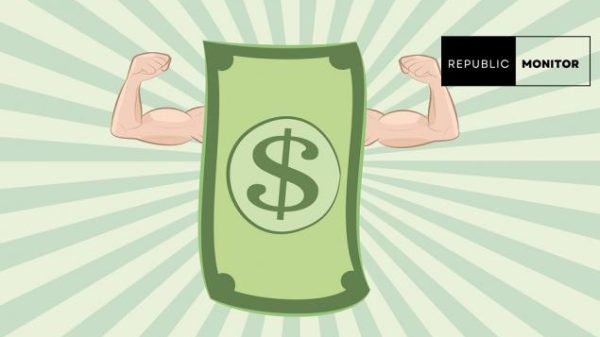Budget organisations continue to issue catastrophic predictions for the skyrocketing rise of the US national debt. As programmes approach insolvency, the Fed borrows more than $5 billion daily.
Nine months into the fiscal year 2023, the U.S. Treasury reported a $1.4 trillion deficit.

Ballooning National Debt: Borrowing Daily Signals Urgent Wake-Up Call for Fiscal Responsibility
“We’re borrowing an astounding $5.1 billion per day, three quarters into the fiscal year,” noted Maya MacGuineas. If it isn’t a warning, we need a wake-up call, I guess. Perhaps it ought to be the fact that, with three months left in the fiscal year, the deficit has already surpassed that of the entire prior year.
Earlier this year, a study on the projected growth of the national debt was published by the US Congressional Budget Office. In 30 years, it will be almost twice as big as the American economy.
The research stated that “by the end of 2023, public-held federal debt equals 98 percent of GDP.” The debt to GDP ratio then increases, surpassing its all-time high in 2029 when it hits 107 percent of GDP. and increases to 181% of GDP by 2053.
The CBO also predicts that deficits will probably increase.
According to CBO predictions, the deficit will be 5.8% of GDP in 2023 before falling to 5.0 percent by 2027. The growth continues each year, reaching 10.0 percent of GDP in 2053, according to the research. That level has only been exceeded in the last century during World War II and the coronavirus epidemic.
National Debt Servicing Costs to Surpass Defense Spending as Lawmakers Grapple with Impending Insolvency
Within a decade, as The Centre Square has previously documented, the cost of servicing the national debt will be greater than what the United States pays for defence spending.
In reality, according to federal spending patterns, the federal government’s biggest cost in the near future will be interest payments on the debt.
In a study last week, the CRFB predicted that “by 2051, interest expenditures would be the single largest line item in the federal budget. Social Security, Medicare, Medicaid, and all other required and discretionary spending programmes are being surpassed by it.
This situation has caused worry among lawmakers. But drastic spending cuts to reduce the debt are not likely to get momentum.
“Over the last 12 months, the federal government borrowed $2 trillion. Rep. David Schweikert, a Republican from Arizona, remarked, “That’s $63,000 every second. To believe that our debt is irrelevant while the working class of America bears the brunt of it is foolish.
The trust funds for Medicare, Social Security, and roads “will face insolvency” within ten years, according to MacGuineas.
With unsustainable borrowing, rising interest rates, and the trust funds’ impending collapse. The prognosis for our financial health has been deteriorating for far too long, she continued, and this supports some of the most important programmes in our country. Turning the tide and working to further reduce deficits and put the national debt on a downward, sustainable track are both necessary.
















